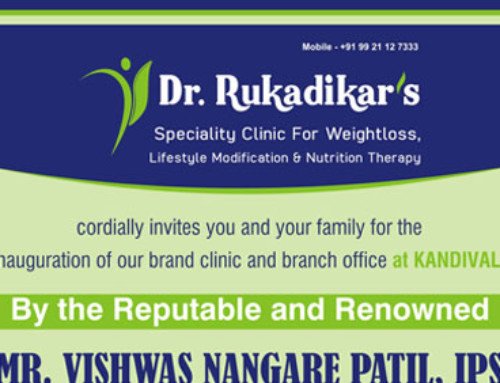
fat foods
Nutritionally rich get richer, and the nutritionally poor get poorer.
Chips that Clog
Potato chips are one of the most heart-unfriendly foods. Most are high in fake fats, which gives them an enticing flavor. To keep one chip ahead of chip- savvy consumers, some potato chip manufacturers are beginning to add the fakest of fats – the indigestible ones. This marketing ploy may take our plump little fat lovers from the nutritional frying pan into the fire.
|
|
|
|
|---|---|---|
|
|
|
|
|
|
|
|
|
|
|
|
|
|
|
|
|
|
|
|
|
|
|
|
|
|
|
|
|
|
Avoiding hydrogenated fats. Consumers can improve the quality of the food they buy. The principle of supply and demand suggests that if you demand less hydrogenated fat and more truthful labeling, food packagers will produce it. Here’s what you can do:
Look for newer labels, such as on some margarines, that proudly say “saturated-fat free” or “contains no trans fatty acids.”
Shun foods that contain the word “hydrogenated” or “partially hydrogenated” in the ingredients list. Terms like “vegetable oil” or “cholesterol free” tell you nothing about the amount of trans fat in the food.
Avoid deep-fried foods, especially those at fast-food restaurants. If you must indulge, come right out and ask if the fries are immersed in oils containing hydrogenated or trans fats. Don’t settle for claims that the food is cooked in “100 percent vegetable oil.” That label lie camouflages a lot of hydrogenated fat. Can you imagine if people across the country walked into McDonald’s and asked the manager if the oil in the fryer was truly polyunsaturated or if it was really hydrogenated vegetable fat? Imagine how the marketing departments of fast- food chains would react. Soon there would be an advertising war over which french fries had the lowest amount of trans fatty acids.
Be suspicious of doughnuts from doughnut shops, since they don’t come with nutrition labels. Inquire about the oil the donuts were fried in. You can bet donuts will continue to be high in saturated fats and trans fats unless consumers complain.
If you use margarine instead of butter, choose one that boasts low levels of trans or hydrogenated fats. In general, whipped or tub margarines tend to be lower in saturated and trans fats than sticks. Some products contain a blend of butter and vegetable oil to provide the consistency of margarine but with no trans fats.
Even trendy restaurants that list the nutritional breakdown of popular entrees print only the amount of fat a food contains, not the type. Ask what oil is used and if it contains trans fats.
TASTES GREAT, EAT MORE
Burgers and fries from fast-food chains can’t honestly be called complete “junk food,” since they do contain some nutritious foods in addition to harmful ones. But remember: The goal of fast-food chains is to create a taste that makes you want more. Besides being more economical, hydrogenated oils give food a fatty taste that makes you want to eat more. The same craving cycle occurs with sugar. When you eat a high-junk-sugar food, your insulin levels rise, which causes your blood sugar to plummet from high to low. Even when the blood sugar is low, the insulin release may continue keeping blood insulin levels high, which increases your cravings for more sugar, and the cycle continues. As a result of the chemistry of cravings, people who eat more junk food crave more junk food; those who eat more nutritious foods crave more nutritious foods. The nutritionally rich get richer, and the nutritionally poor get poorer.
RATING FATS: FROM BEST (green light) TO WORST (red light)
Now that you understand why you need fats, here’s how fats rank :
fats from plants and seafood (e.g. soy, nuts, and vegetable oils) are the healthiest
fats from animal sources fall somewhere in between – healthy in moderation, unhealthy in excess.
fats from food factories (i.e., hydrogenated oils) are the worst




Leave A Comment